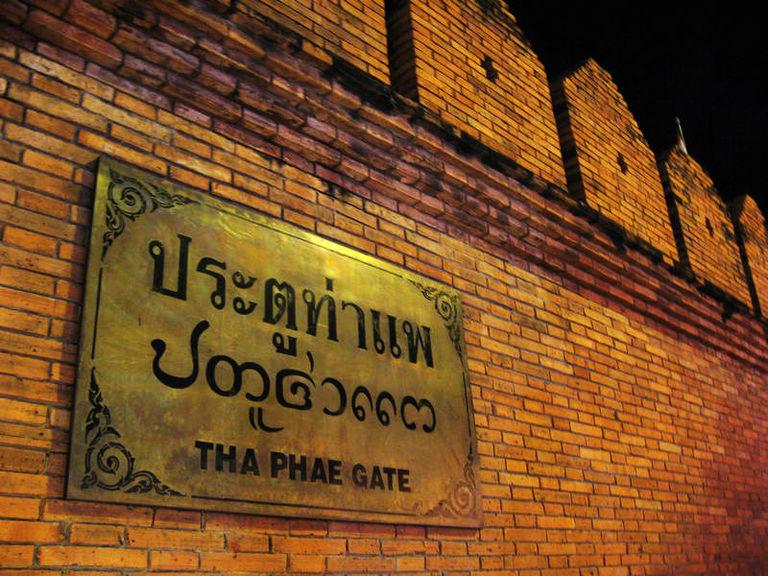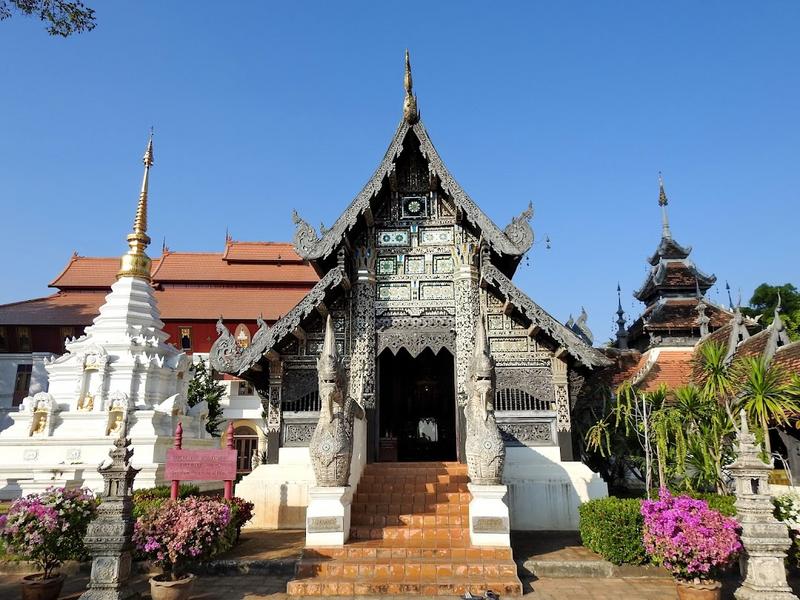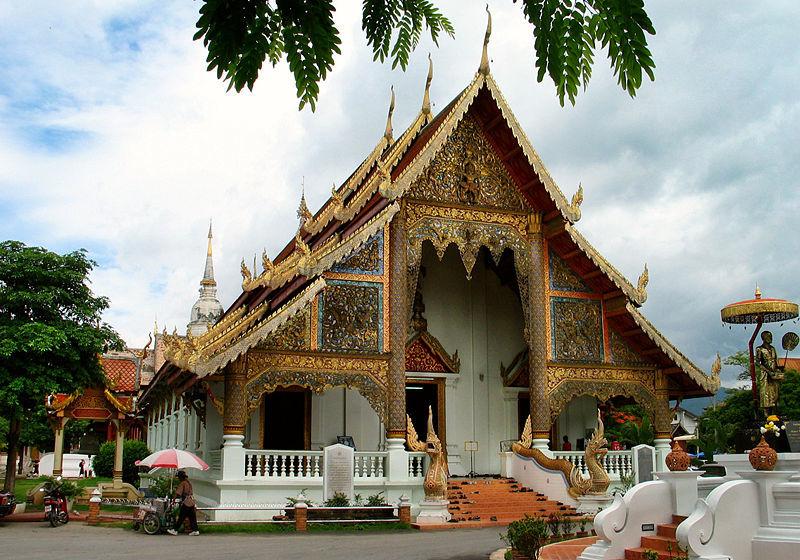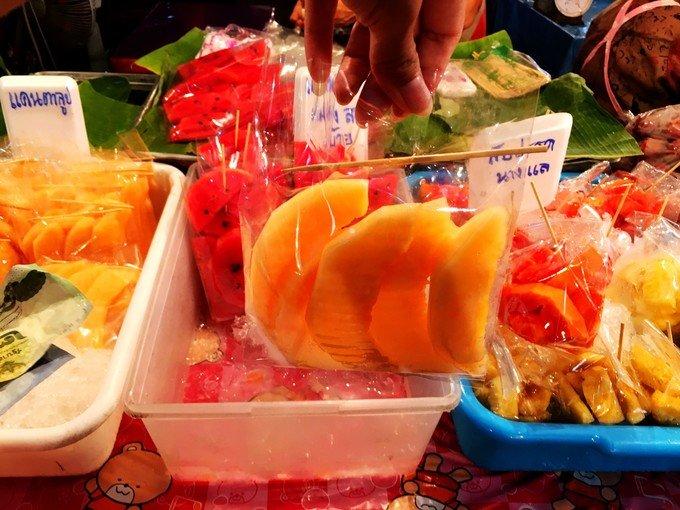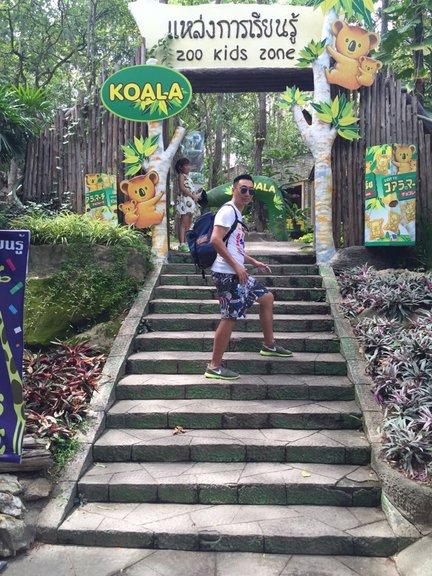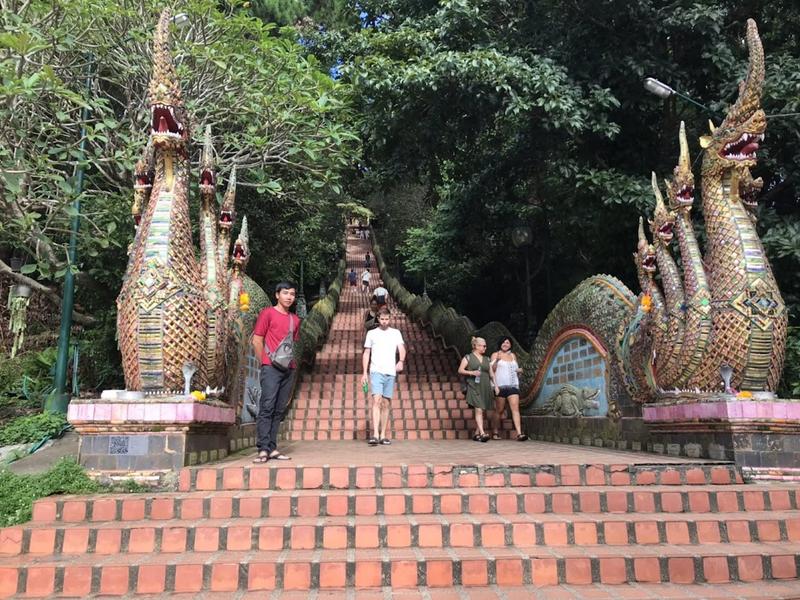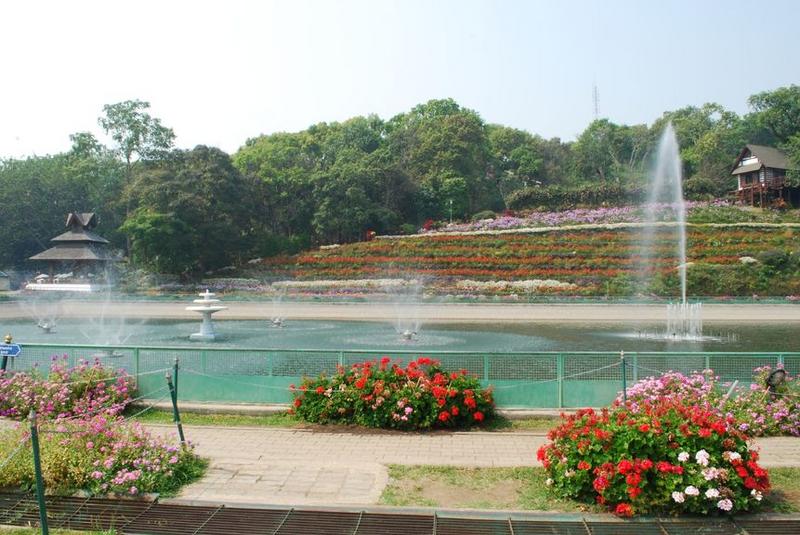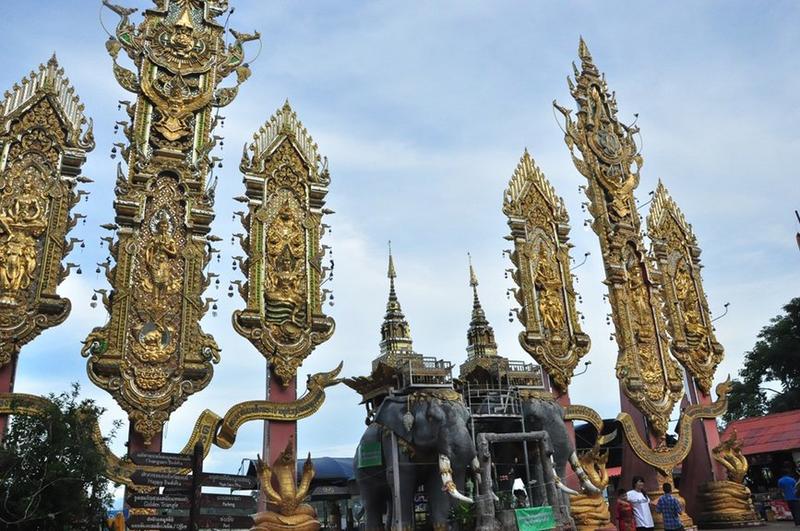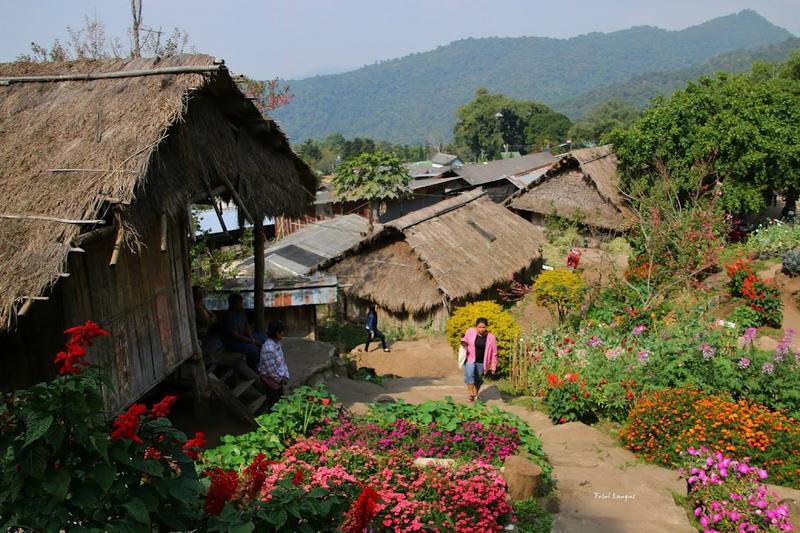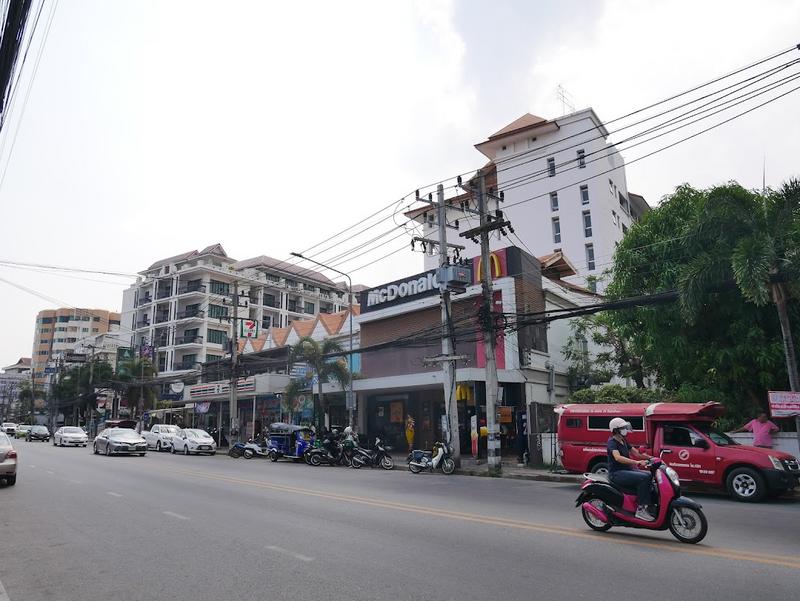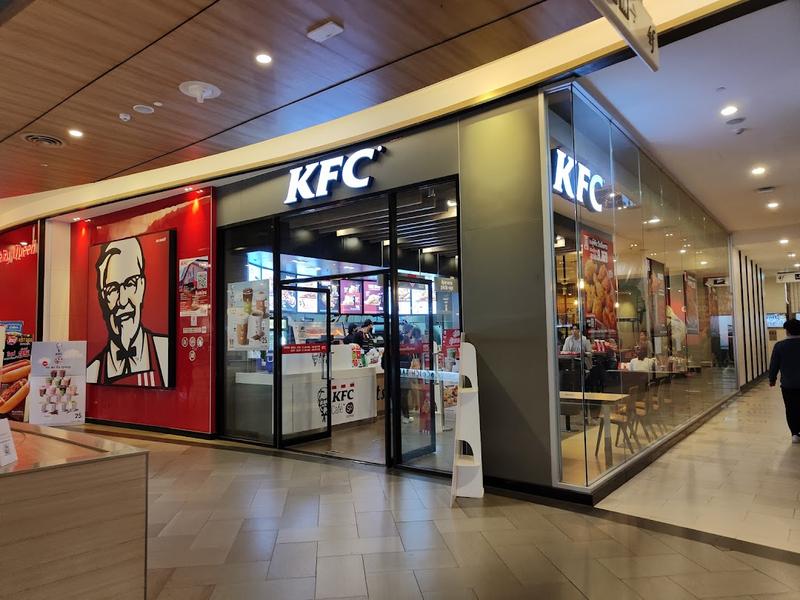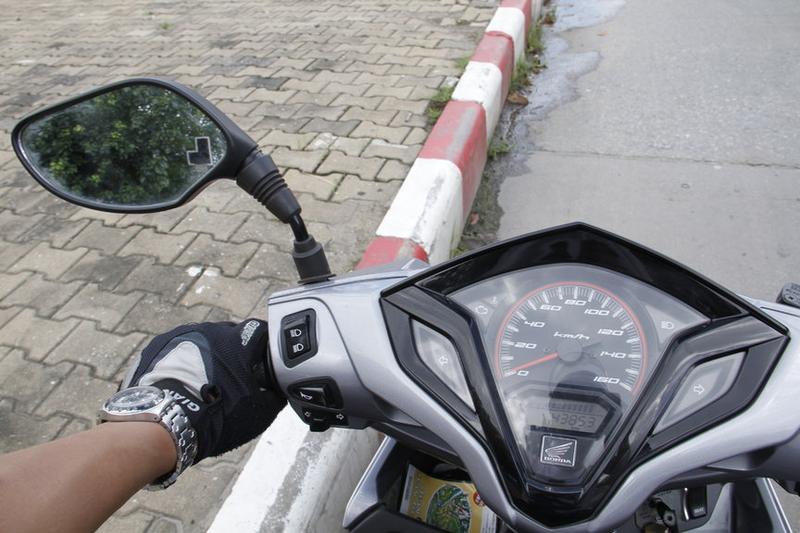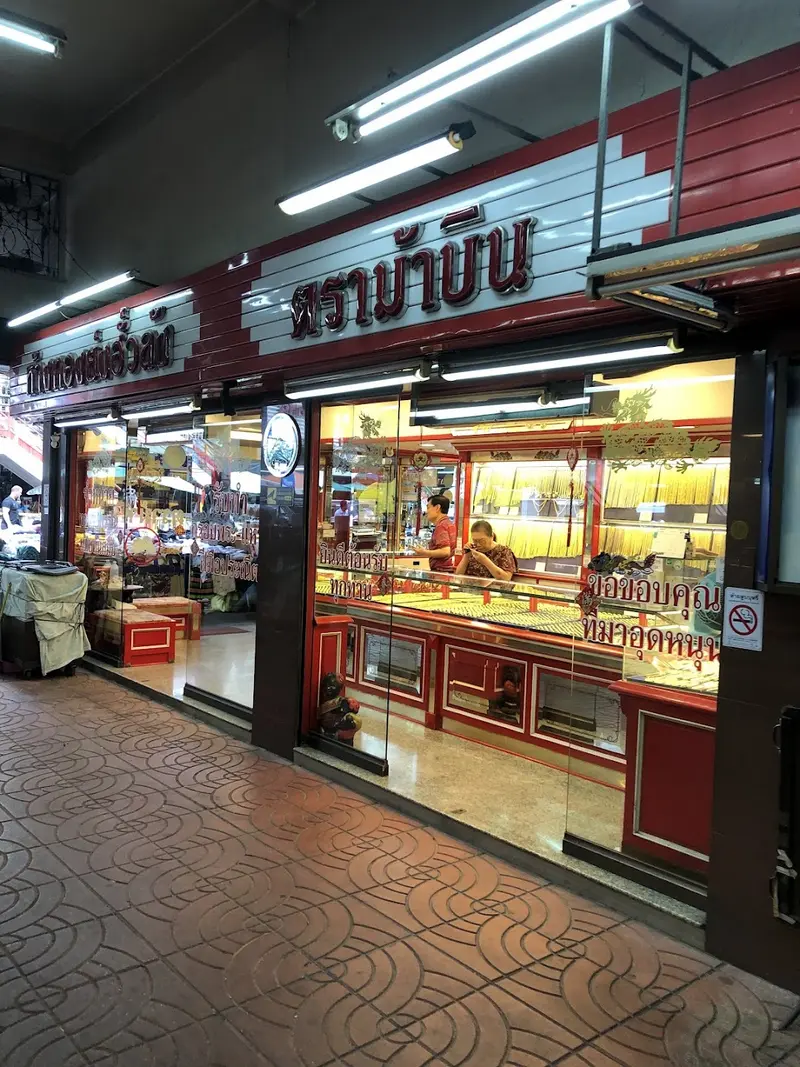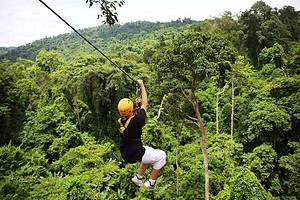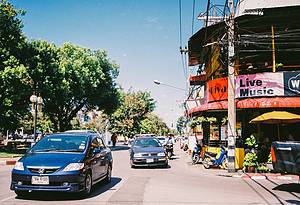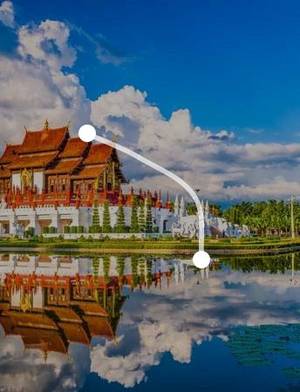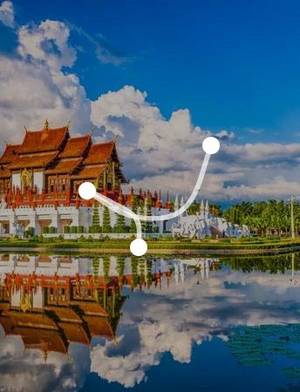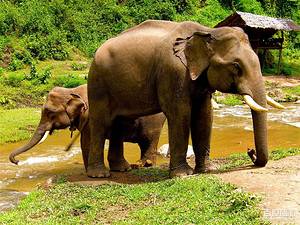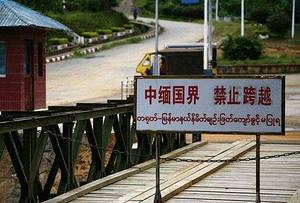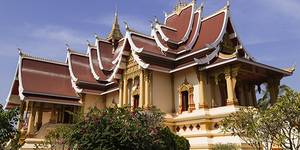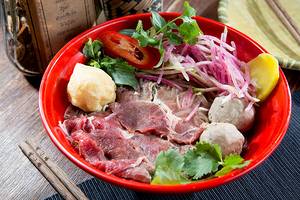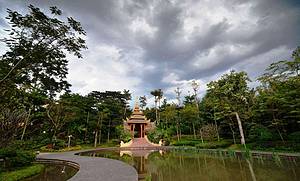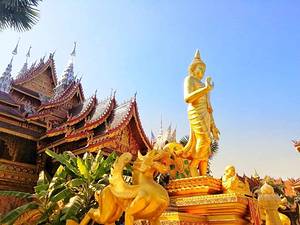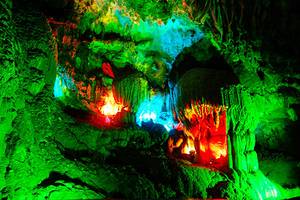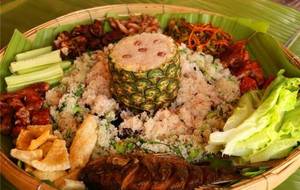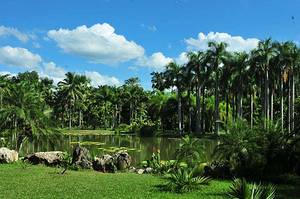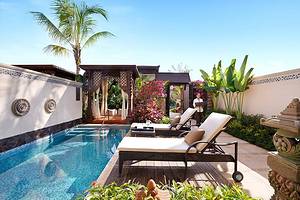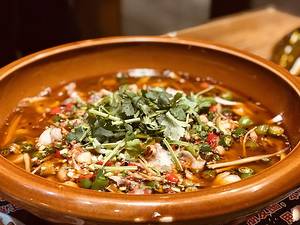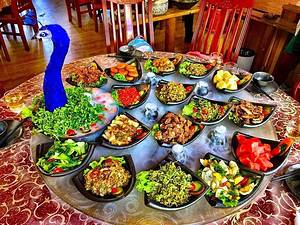6 Days in Chiang Mai: Ancient City Temples, Zoo, Chiang Rai Day Trip, Jungle Leap, Nimman Road, Free Activities
2 cities |
17 attraction(s) |
total distance 478
km
 TIPS
TIPS
Day1
Day2
Day3
Day4
Day5
Day6
Day1: Chiang Mai
4 attraction(s) ·
3 km
1
The East Gate of the old city in Chiang Mai is a prominent landmark and the starting point of the Sunday Night Market. It is easy to find and offers an opportunity to interact closely with the locals and experience their joys and sorrows. I also recommend visiting the Warorot Market, where you can join the locals in small transactions and gain a deeper understanding of the authentic life in northern Thailand.
1
km
2
Temple complex with a partially crumbled 15th-century chedi & a pillar believed to protect the city.
1
km
3
Wat Phra Singh, built in 1345, is the largest temple in the ancient city of Chiang Mai and one of the must-visit attractions for tourists. The most famous part of the temple is the sacred hall that houses the Phra Singh, a lion-shaped Buddha statue. It is the highest-ranking and largest temple in Chiang Mai, alongside Wat Chedi Luang. The temple has undergone several expansions and renovations to reach its present size. It houses the ashes of King Kaewfa and exquisite wooden carvings and murals. The most impressive feature is the gold-plated Phra Singh Buddha statue, which gives the temple its name. The temple also features a library and collection of traditional art. The outside walls are adorned with large advertisements about Buddhism, and two white mythological creatures stand at the entrance. Inside the temple, traditional music is performed while the temple is lit up with decorations. Across the street from Wat Phra Singh is Wat Pha Bong.
1
km
Day2: Chiang Mai
3 attraction(s) ·
8 km
1
Chiang Mai Zoo was established in 1974 and is located in Chiang Mai, northern Thailand. It was originally a privately owned zoo and became an official zoo on June 16, 1977. The zoo features a monorail and a 133-meter-long aquarium, allowing visitors to observe various animals in an excellent position and experience the animal culture of Thailand.
6
km
2
5,499-foot mountain featuring trails through evergreen forests & a picturesque, hilltop temple.
2
km
3
Phu Ping Palace is the royal palace and summer retreat of the Thai royal family. It was built in 1962 and is mainly in Thai architectural style. Located on Doi Suthep mountain, surrounded by green hills, the scenery is very beautiful. Visitors can explore the palace courtyard, but the interior is not open to the public. The gardens are lush with beautiful flowers and various exotic plants, including roses, sage, and other unique flowers. The winter months from December to January are especially beautiful, and it is a joy to admire tropical flowers here. There are 10 attractions in the garden, including buildings and gardens, allowing visitors to experience the rich culture of northern Thailand. The ticket prices are 50 THB for foreigners, 20 THB for locals, and 10 THB for children. The opening hours are 8:30-12:30 in the morning and 13:00-16:00 in the afternoon on Saturdays, Sundays, and public holidays. Equipment and electric cars are available for rent in the park, making it convenient for visitors to enjoy the colorful tropical flowers in the palace. The entire park has excellent facilities, including 5 restrooms, allowing visitors to fully appreciate the beautiful scenery of this highland retreat.
Day3: Chiang Rai
3 attraction(s) ·
68 km
1
White Temple, designed and constructed by the renowned Thai architect Chalermchai Kositpipat in 1997, features a theme based on Buddhist mythology. The white color symbolizes purity, and the shimmering glass fragments reflect wisdom. The main building is made of white cement and adorned with intricate decorative patterns and reflective tiles, which shine brightly in the sunlight, with water ponds in front and behind. Inside the main hall, there is a small Buddha statue, and the wall behind it is adorned with hand-painted Buddha murals, depicting crashing waves on the sides. In the completed sections, there are interesting character paintings on the wall opposite the main Buddha statue. There are also four skull heads on the railings, and Four-Faced Buddha statues in other areas. As the temple was built at the designer's own expense, the proceeds from the souvenir shop are also used for the temple's construction funds. The temple is still under construction to this day.
22
km
3
In the border areas of Myanmar, Laos, and Thailand, there is a region with a total area of about 150,000-200,000 square kilometers. The mountains here stretch continuously, making transportation very difficult. The Thai government built an arch with the words "Golden Triangle" at the junction of the three countries, hence the name Golden Triangle. Today, this region has begun to develop into a tourist destination.
Day4: Chiang Mai
3 attraction(s) ·
27 km
2
Attraction offering elephant shows, elephant painting & experiences such as bathing & riding.
10
km
3
Hillside village set in a lush national park, home to a Hmong tribe, who sell traditional crafts.
Day5: Chiang Mai
3 attraction(s) ·
3 km
1
Buzzing road lined with craft coffee shops, boutiques, hip restaurants & cocktail bars.
1
km
2
Sprawling, upscale mall features dozens of boutiques, gift shops, eateries & a cinema.
2
km
3
Chiang Mai University was founded in 1964 and is the first higher education institution in northern Thailand. Today, it is ranked second in Thailand and is the top university outside of Bangkok. The campus covers an area of 14 square kilometers and has 107 faculties, with over 18,000 students and over 2,000 faculty members. While its overall academic reputation may not match some of the well-known universities in Bangkok, Chiang Mai University is highly regarded for its engineering and medical technology programs, earning a good reputation. Additionally, the campus is located near Doi Suthep Mountain, about 2 kilometers west of the city center, offering a beautiful environment.
Day6: Chiang Mai
1 attraction(s) ·
0 km
1
Vibrant, 3-floor market featuring fresh produce, street food, casual clothing & household goods.
